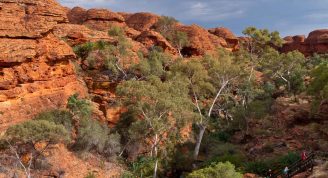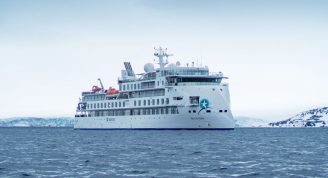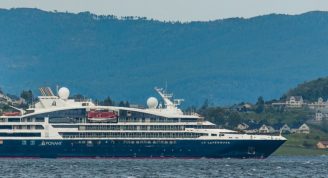Description
If the Great Barrier Reef was not already on your bucket list, then it is now. Join us as we follow the coral south to Middleton Reef and deep dive – literally – into an underwater world of prismatic beauty. If all the subaquatic activity gets too much for you, then you’ll enjoy the spectacular traditional dances on Vanuatu’s black-beached terra firma. A tale of islands in the blue, this is a true voyage to the ends of the earth.
Trip Name
Cairns to Lautoka Expedition (Silver Expedition)
Days
17
Overview
Vessel Type: Luxury Expedition
Length: 108 metres
Passenger Capacity: 144
Built / refurbished: 1989 / 2008 / 2018
Silversea’s purpose-built luxury Silver Explorer expedition cruise ship has been designed specifically for navigating waters in some of the world’s most remote destinations, including both of earth’s polar regions. A strengthened hull with a Lloyd’s Register ice-class notation (1A) for passenger vessels enables the Silver Explorer Expedition Cruise Ship to safely push through ice floes with ease. A fleet of 12 Zodiac boats allows Silversea Expedition guests to visit even the most off-the-beaten path locations and an expert Expedition Team provides insight and understanding to each unforgettable Silver Explorer luxury cruise adventure.



















